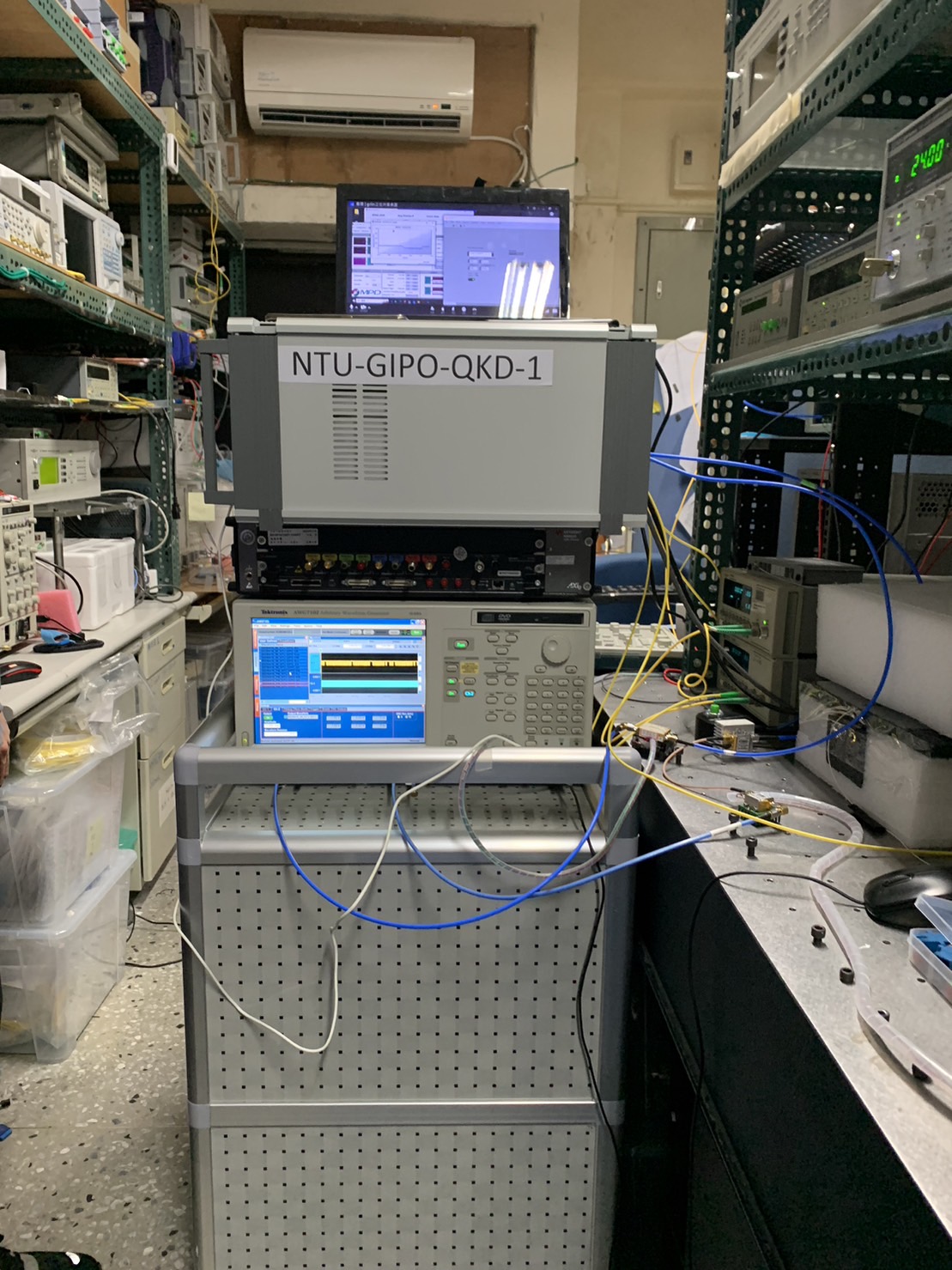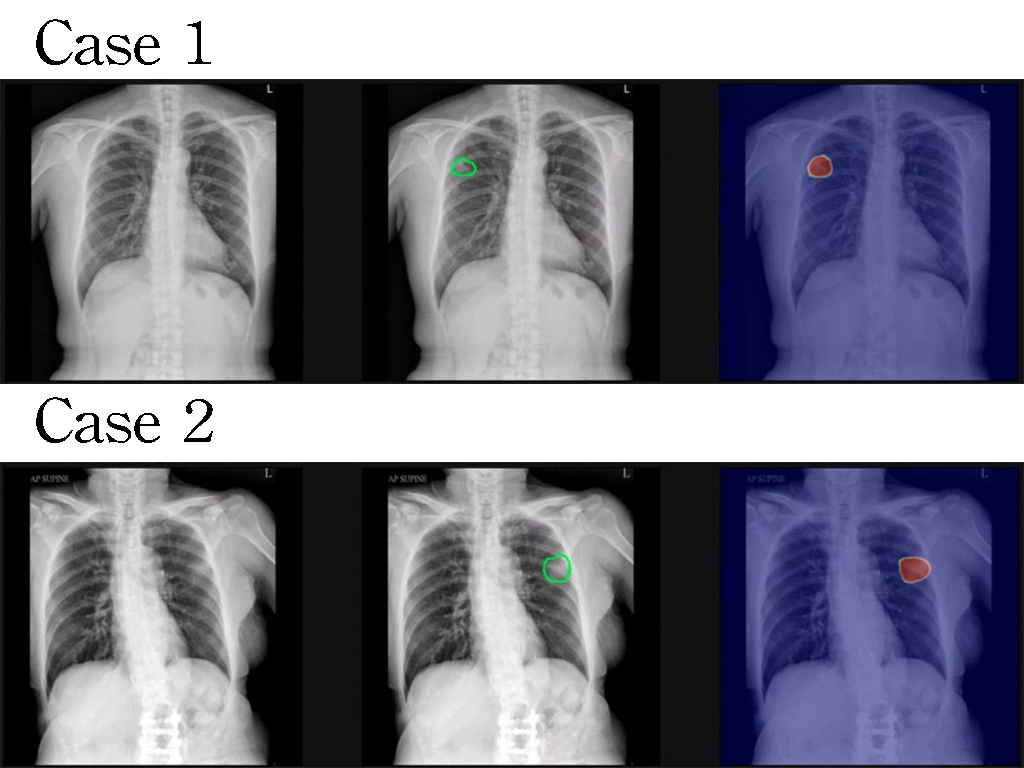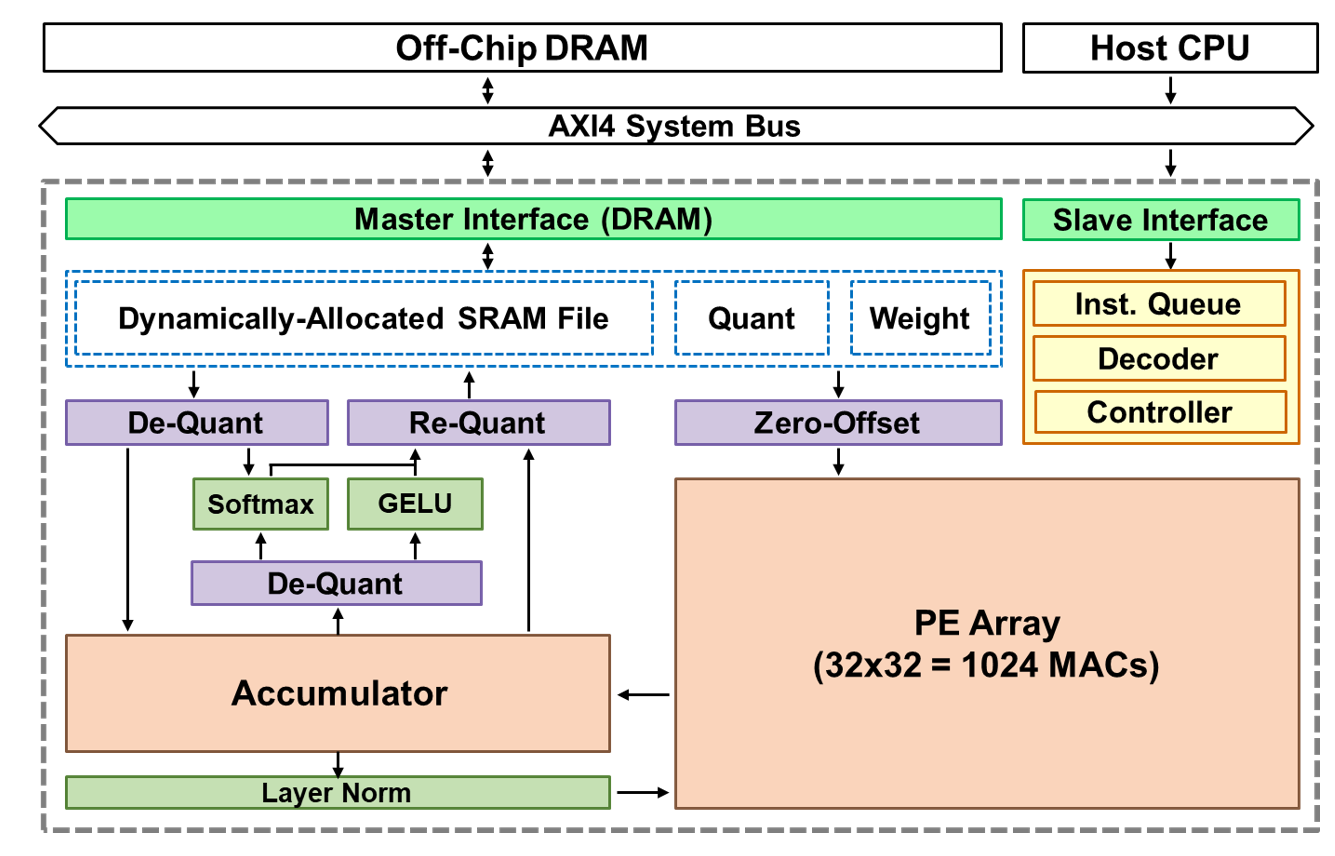| Technical Name | Novel Autopilot Jet-Based Electrospinning for Fabricating Functional 3D Scaffolds for Tissue Engineering and Regenerative Medicine Applications | ||
|---|---|---|---|
| Project Operator | Academia Sinica | ||
| Project Host | 周家復 | ||
| Summary | Through optimization of simple conventional electrospinning (ES) setup, we overcome many issues posed by conventional ES and produce challenging 3D scaffolds at the human organ scale via a self-switching and self-3D searching process of autopilot single jet ES, with features of excellent shape memory, high porosity and stretchability compared with conventional multi-jets electrospun scaffolds, with these joint merits unattainable by conventional ES and commonly used 3D printing techniques. |
||
| Scientific Breakthrough | Autopilot jet (AJ) is the first to demonstrate 3D scaffold writing, reproducibility, and can replicate patterns from as small as 1 mm to 10s cm, with a writing resolution of a few 100 µm using simple electrospinning (ES) technique. Contrarily, the conventional multi-jets ES allow for only 2D scaffold fabrication with poor writing resolution of centimeters due to random jets bending instabilities. The AJ-spun scaffolds are ~10X porous and mechanically stretchable compared to the latter. |
||
| Industrial Applicability | The fiber deposition by autopilot jet (AJ) requires only a basic electrospinning (ES) setup, and is predictable and tunable by field simulation. The robustness and reproducibility of the AJ-3D ES warrants the feasibility of automated 3D ES system as commercial products for academic and industrial R&D customers to make cost-effective and high-profit margin clinically relevant scaffolds for biomedical applications, The tissue engineering market is projected to be worth US$29.64 billion by 2028. |
||
| Keyword | Tissue engineering Regenerative medicine 3D scaffold Autopilot jet 3D electrospinning Polycaprolactone (PCL) fiber Extracellular matrix Shape memory Stretchability Gradient porosity | ||
- Contact
- Chia-Fu Chou
- cfchou@phys.sinica.edu.tw
other people also saw















